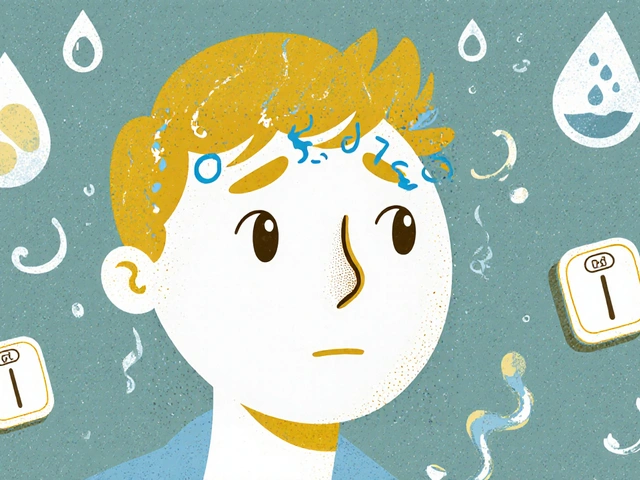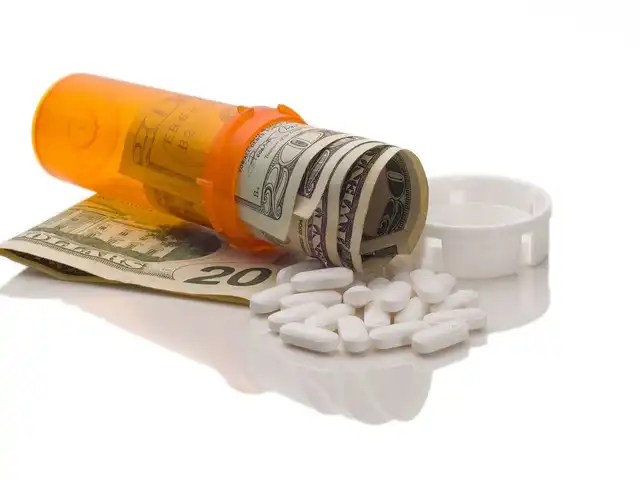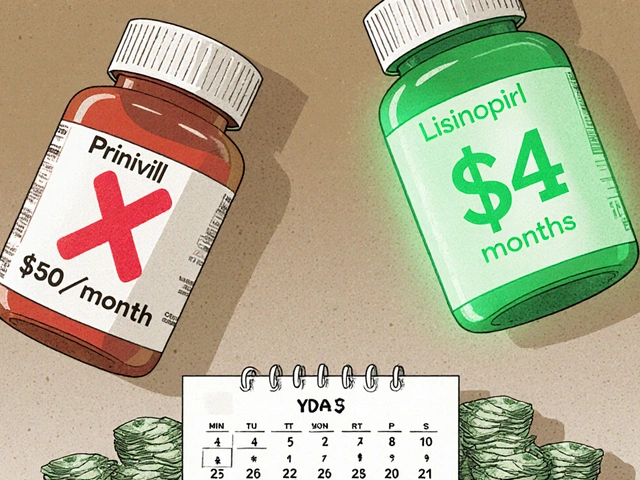Vitamin D Deficiency – What It Looks Like and How to Fix It Cheaply
If you’ve been feeling extra tired, sore muscles, or notice mood swings, low vitamin D could be the hidden culprit. This vitamin does more than keep bones strong; it helps your immune system, brain, and heart. The good news is you don’t need pricey supplements to get back on track – a few smart choices can raise your levels fast.
Why Vitamin D Matters
Vitamin D works like a messenger that tells calcium where to go, so without enough of it your bones get weak and you risk fractures. It also plays a part in how your body fights infections, which is why flu‑season sufferers often have low levels. When the sun isn’t shining or you stay indoors a lot, your skin makes less vitamin D, and you might start to feel the effects within weeks.
Typical signs of deficiency include:
- Persistent fatigue or low energy
- Bone or joint pain that isn’t linked to an injury
- Frequent colds or longer recovery times
- Depressed mood or difficulty concentrating
If you notice several of these, a quick blood test can confirm whether your vitamin D is low. Doctors usually look for a level under 20 ng/mL as a red flag.
How to Boost Your Levels on a Budget
Sunlight is the cheapest source. Aim for 10‑15 minutes of midday sun on your arms and face a few times a week – no sunscreen needed for that short window. If you live far north or have a busy schedule, add food that’s naturally rich in vitamin D.
Cheap, vitamin‑D‑packed foods include:
- Egg yolks – a couple a day give a decent boost.
- Canned sardines or mackerel – affordable and loaded with vitamin D and omega‑3s.
- Fortified milk or plant milks – most brands add vitamin D during processing.
- Mushrooms exposed to sunlight – they turn into a natural vitamin D source.
If you still fall short, low‑cost supplements are available at pharmacies and online. Look for generic vitamin D3 (cholecalciferol) tablets around $5 for a month’s supply. A typical dose of 1,000–2,000 IU per day is enough for most adults, but follow the label or your doctor’s advice.
Besides diet, a few lifestyle tweaks help your body use the vitamin better. Keep your gut healthy with probiotic foods like yogurt, because a happy gut improves nutrient absorption. Also, reduce heavy alcohol intake – it can lower vitamin D levels over time.
Bottom line: you don’t need a fancy regimen. A short daily walk in the sun, a couple of eggs, and a budget‑friendly supplement can bring your levels back to normal within a few months. Check your blood work after 8‑12 weeks to see the improvement and adjust if needed.
Feeling better doesn’t happen overnight, but these practical steps cost almost nothing and can protect your bones, mood, and immune system for the long haul.

Rickets and Gluten-Free Diet: Exploring the Possible Link
An in‑depth look at whether a gluten‑free diet influences rickets risk, covering nutrition, celiac disease, and practical tips for families.




